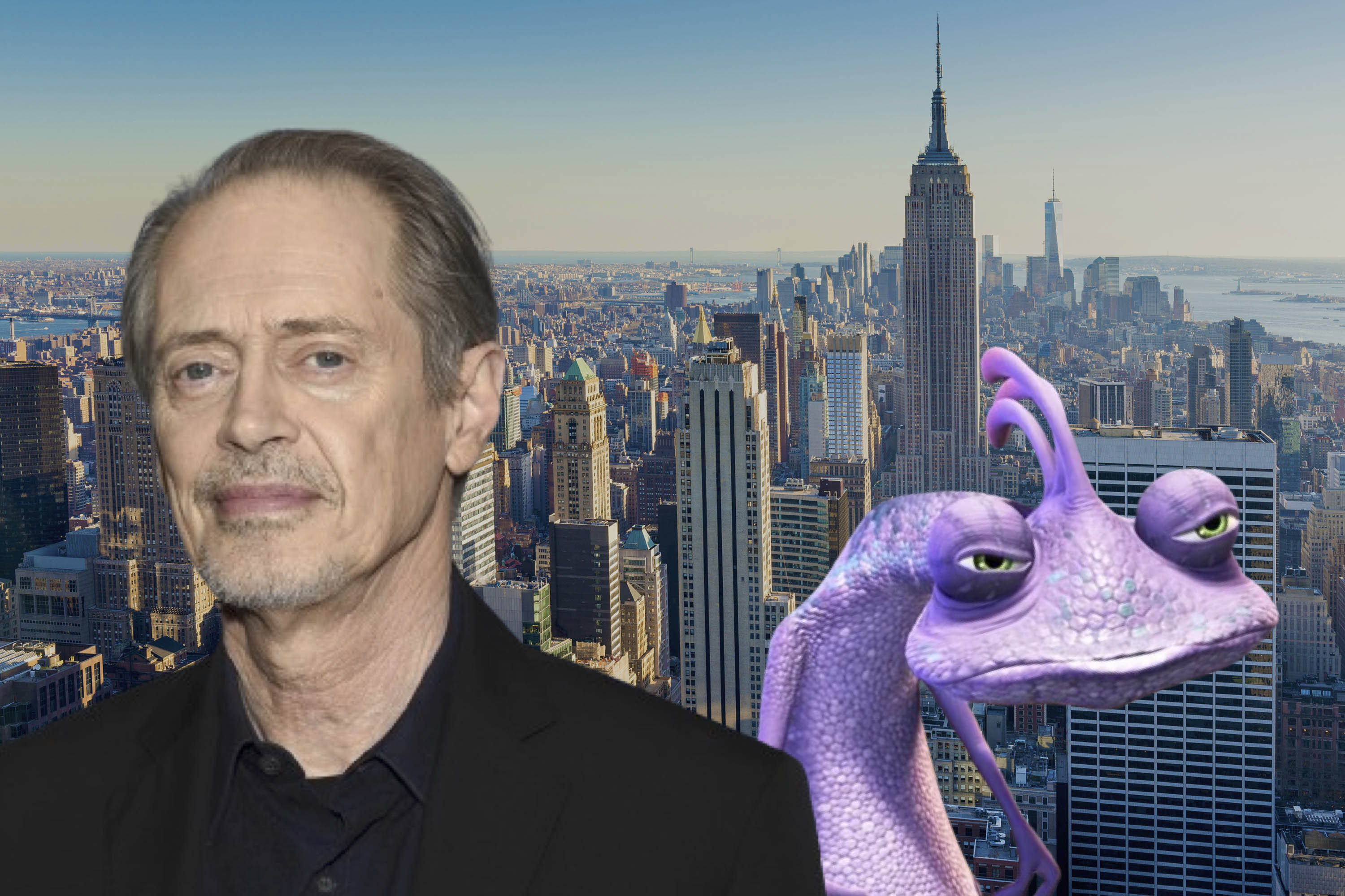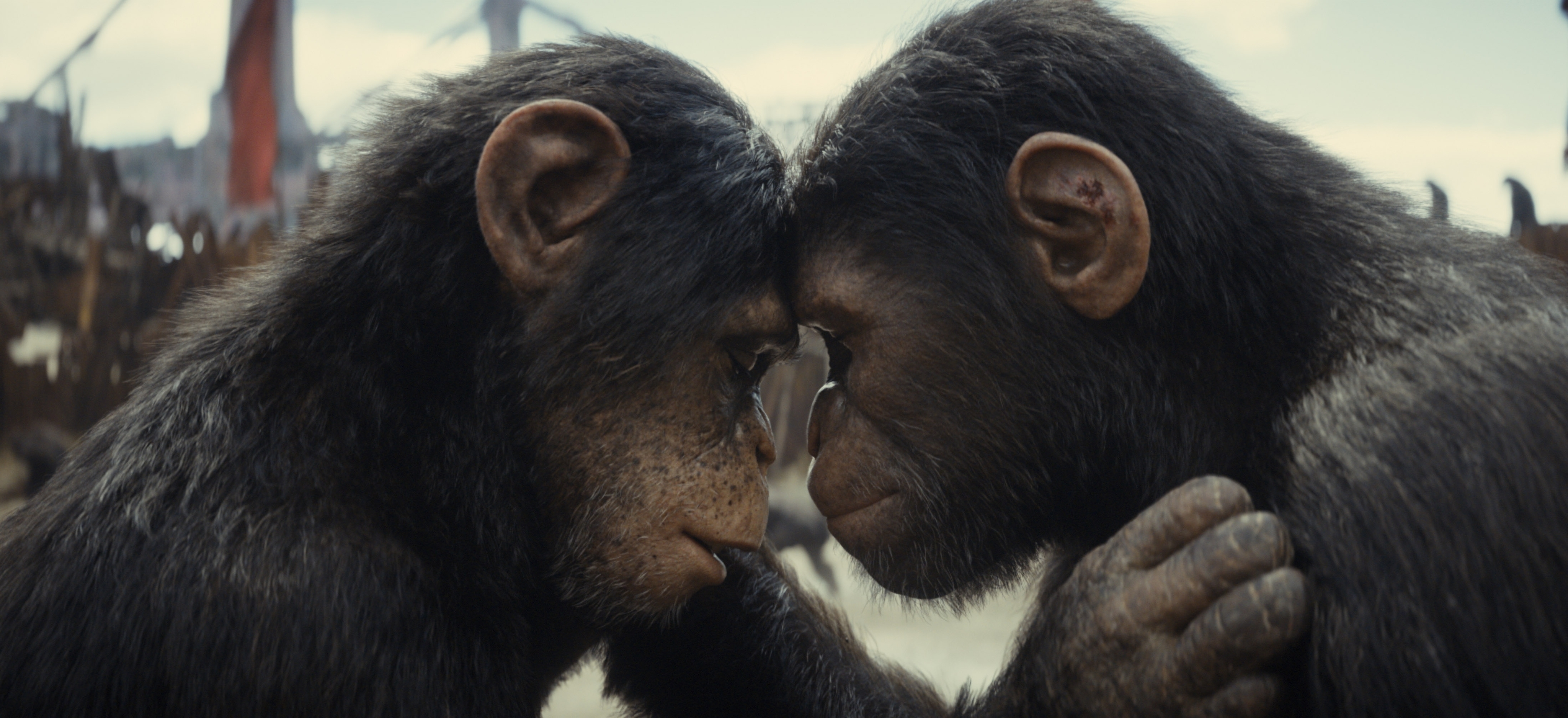A few decades ago, anime was something that was still somewhat new to western audiences. Although there had been Japanese series that had been brought over to America in the 50s and 60s, the 80s and 90s were the decades where anime really started to blow up. It was all thanks to films like Akira and Ghost in the Shell, as well as series like Dragon Ball and Sailor Moon.
In the world of anime there’s one name people often point to and that is Osamu Tezuka. Tezuka has been given many names including “The Father of Manga.” He was also considered by many to be Japan’s equivalent to Walt Disney. This comparison is one he may not have minded because Disney was a major influence on him.
READ: Why Mufasa: The Lion King Will Be Great
Tezuka was introduced to Disney’s work at a young age. While his films weren’t the only thing that inspired him to become an artist, they still had a profound impact on him – particularly the film Bambi. Tezuka loved the movie so much he reportedly saw it 80 times. Later on, he would create a manga adaption of the film. A common detail that can be seen in anime and manga are the characters huge eyes. Tezuka’s Astro Boy is often credited as being the first series to popularize this style and he said that Bambi along with other Disney characters like Mickey Mouse helped inspire this design choice.


As mentioned above, there were some anime series that found success in America in the 60s, and Astro Boy was one of the biggest. The story of a robot boy created by a grieving father to replace his deceased son, Astro Boy was a series that could be enjoyed by all ages. It showed that Tezuka was someone who could tell stories that touched on serious and complex themes. Although today the original series may seem dated with it’s animation and English dubbing, it still deserves respect for the huge role it played in both Japanese and American animation.
Astro Boy wasn’t the only one however. Tezuka’s other series like Princess Knight and Jungle Emperor were also big successes. In 1964, Tezuka actually got to meet Disney in person at the New York World’s fair. In fact, Disney revealed that he was actually a fan of Astro Boy and offered Tezuka the opportunity to work together on a project the next time he came to America. Unfortunately, this wouldn’t come to fruition due to Walt’s death in 1966. Tezuka would go on to tell more adult-orientated stories in his later years such as Black Jack and Phoenix before sadly passing away in 1989 from stomach cancer.
READ: The Best Anime Streaming On Disney+ And Hulu Right Now
Now it would be nice if the story ended there, with Disney’s role only being that of someone who inspired another person to create beautiful art of their own. While that is Walt’s part in this story, the Disney corperation as a whole has a more complicated connection to Osamu Tezuka. Earlier I mentioned one of his other works, Jungle Emperor. That series also went by another name in America: Kimba the White Lion.
Kimba was a series that focused on a lion cub whose father was the king of the jungle, and who must become a leader following his father’s death. If you think that basic premise sounds familiar, it’s because it is also the same premise of The Lion King, which is one of Disney’s most successful films.
Since its release, The Lion King has been accused of being a shameless rip off of Kimba the White Lion with many pointing out similarities between the two. Now, the filmmakers have always maintained that they weren’t aware of these similarities with the film’s director Roger Allers claiming he had never even heard of the series. But when the film was released in 1994, it drew protest from hundreds of Japanese animators who accused Disney of plagiarizing Tezuka’s work.
Now, the filmmakers would often say that most of the things the two stories have in common come from doing a story set in Africa using many of the same animals and locations. So, the similarities between them were just inevitable and not done out of any malicious intent. That’s entirely possible but there are some things about the production of the film that can also raise some eyebrows. For example, Simba’s voice actor, Matthew Broderick, said he originally thought he was doing a film adaption of Kimba because he was a fan of the show. That immediately goes against the filmmakers claims that no one involved in the film was aware of the series.
There’s also other things like Roy E. Disney allegedly referring to Simba as Kimba during production, as well as early concept art showing a white lion cub. And in 1997, when an animated film adaption of Kimba called Jungle Emperor Leo was released, Disney sent a cease-and-desist letter to try and stop the film being shown at a festival. So, they obviously thought the similarities were enough of a problem when they thought that they were being ripped off (even though they clearly weren’t).

Members of Tezuka Productions said that upon watching the film they believed that the story was ultimately different enough from Kimba, and that they didn’t think it was a total rip off. However, they also stated that they never pursued legal action because even if they did think that the film had copied Kimba, Disney had (in their words) “lawyers (that) are among the top twenty in the world”. So, it’s not clear if they said the film wasn’t a rip off because they just wanted to avoid getting involved in any suit or because they genuinely believed that it wasn’t. And I suppose either is possible.
Obviously, I wasn’t involved in the making of The Lion King (I hadn’t even been born yet). So, I have no way of knowing whether or not they copied Kimba on purpose. There are admittedly some pretty big differences between the two though. For one, Kimba features humans in a pretty substantial role, which The Lion King doesn’t. Secondly, where Kimba shows the characters growth over time more slowly, The Lion King just skips over Simba growing up.
I do think it’s possible that the filmmakers didn’t intend to rip off Tezuka. They may have just been subconsciously inspired by his work. But I also think Disney’s response to the situation was very poor. Instead of saying no one involved had ever heard of Kimba, and that the similarities were a total coincidence, they could have just said that they didn’t intend to copy Tezuka and acknowledge that the film does share a resemblance to his work. Also, that cease-and- desist nonsense they pulled in ’97 certainly didn’t make them look innocent either. It was basically them admitting that the two are alike in some ways at least.
Whether it was on purpose or not, it’s just a shame that this is how many people in America hear about Tezuka and his work. If you are someone who isn’t familiar with him, I recommended reading up on all of his project, especially if you’re a fan of anime and manga. You might find that many of your favorite shows – even the American ones – may not have existed without his influence.








Leave a Reply